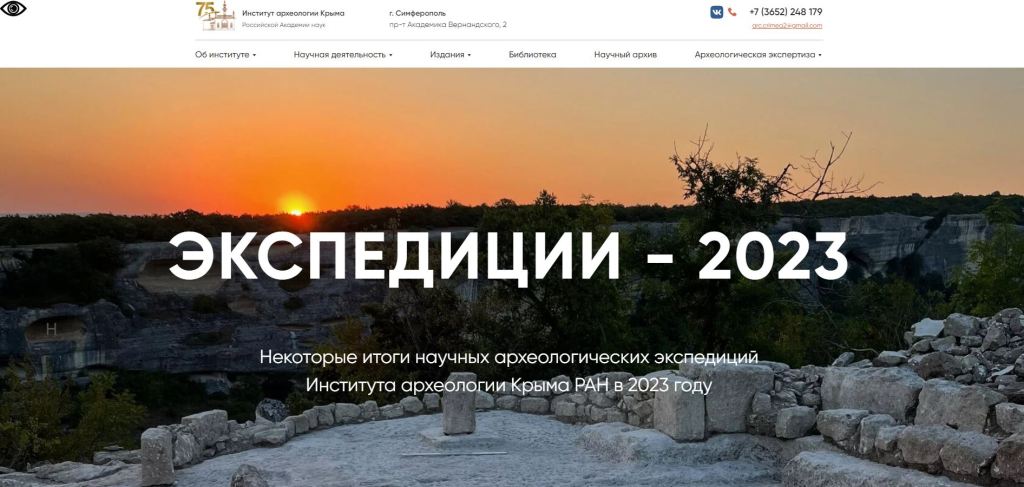[First posted in AWOL 7 August 2019, updated 31 December 2023]
Epigraphic Database Falsae

Finanziato dal Progetto PRIN 2015 - False testimonianze. Copie, contraffazioni, manipolazioni e abusi del documento epigrafico.
Description from the Digital Classics Wiki:
The EDF (Epigraphic Database Falsae) is an electronic archive of forged ancient inscriptions. It is the main output of the Forged Evidence (False Testimonianze) research project, funded by the Italian Ministry of Education, University, and Research (MIUR) in 2017.
The EDF concerns all known typologies of forged inscriptions. These include intentional forgeries, copies of ancient inscriptions, Medieval and Renaissance inscriptions that imitate classical models, modern transcriptions, reproductions, and facsimiles of thousands of forgeries. They include a variety of materials: although intentional forgeries are most frequently written solely on paper, they can also be inscribed on actual objects including ancient or only partially ancient materials as well as more recent artefacts.
The EDF is meant to encompass all forged epigraphic documents and monuments that originate from the whole territory of Italy, but prospectively it will extend its geographic range to include the rest of Europe and the Mediterranean.
The EDF search engine allows users to perform queries in the following fields:
• textual typologies (actual forgeries, post-classical inscriptions, and copies of genuine ancient inscriptions);
• modes of transmission (paper vs. durable materials – stone, bronze, etc.);
• methods of production, distinguishing between forgeries invented wholly from complete, partial, or interpolated copies of ancient inscriptions;
• intentions of the forgers, distinguishing between commercial, historical and documentary forgeries;
• historical period when the forgery was created;
• identity of the forgers – certain or suspected – whenever possible;
• production site of actual forgeries;
• secondary displacements;
• current location whenever the objects are still traceable.
By combining the last three sets of data (production site of actual forgeries, secondary displacements, and current location), users can trace the routes of their dispersal, and follow the steps that brought them to their current place of conservation. This kind of information is entirely absent in the indices of the main printed epigraphic corpora (e.g. CIL, SupplIt, etc.). The EDF aims to stimulate historical research by presenting previously neglected sources using up-to-date technologies. In order to comply with the principles of the inclusive and intercultural approach to information promoted by the EU, it is an unrestricted online resource, freely accessible to multiple users.
The EDF is also reachable through the new EAGLE shared portal (European network of Ancient Greek and Latin Epigraphy: [www.eagle-network.eu]). It interacts with the main existing online resources related to epigraphy, in particular the EDR(Epigraphic Database Roma: [www.edr-edr.it]) and the EDB (Epigraphic Database Bari: [www.edb.uniba.it]).
Home
















